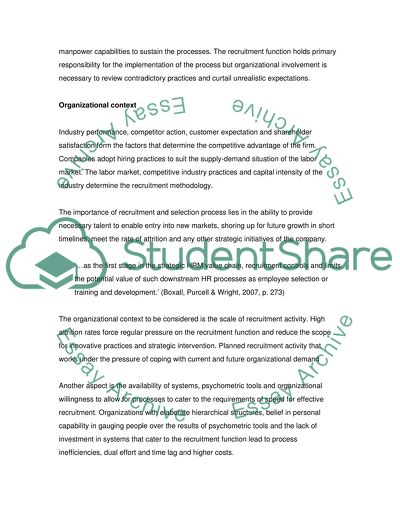Cite this document
(Recruitment Process Contribution to the Strategic Priorities of an Term Paper, n.d.)
Recruitment Process Contribution to the Strategic Priorities of an Term Paper. Retrieved from https://studentshare.org/human-resources/1553630-strategic-human-resources-management
Recruitment Process Contribution to the Strategic Priorities of an Term Paper. Retrieved from https://studentshare.org/human-resources/1553630-strategic-human-resources-management
(Recruitment Process Contribution to the Strategic Priorities of an Term Paper)
Recruitment Process Contribution to the Strategic Priorities of an Term Paper. https://studentshare.org/human-resources/1553630-strategic-human-resources-management.
Recruitment Process Contribution to the Strategic Priorities of an Term Paper. https://studentshare.org/human-resources/1553630-strategic-human-resources-management.
“Recruitment Process Contribution to the Strategic Priorities of an Term Paper”, n.d. https://studentshare.org/human-resources/1553630-strategic-human-resources-management.


